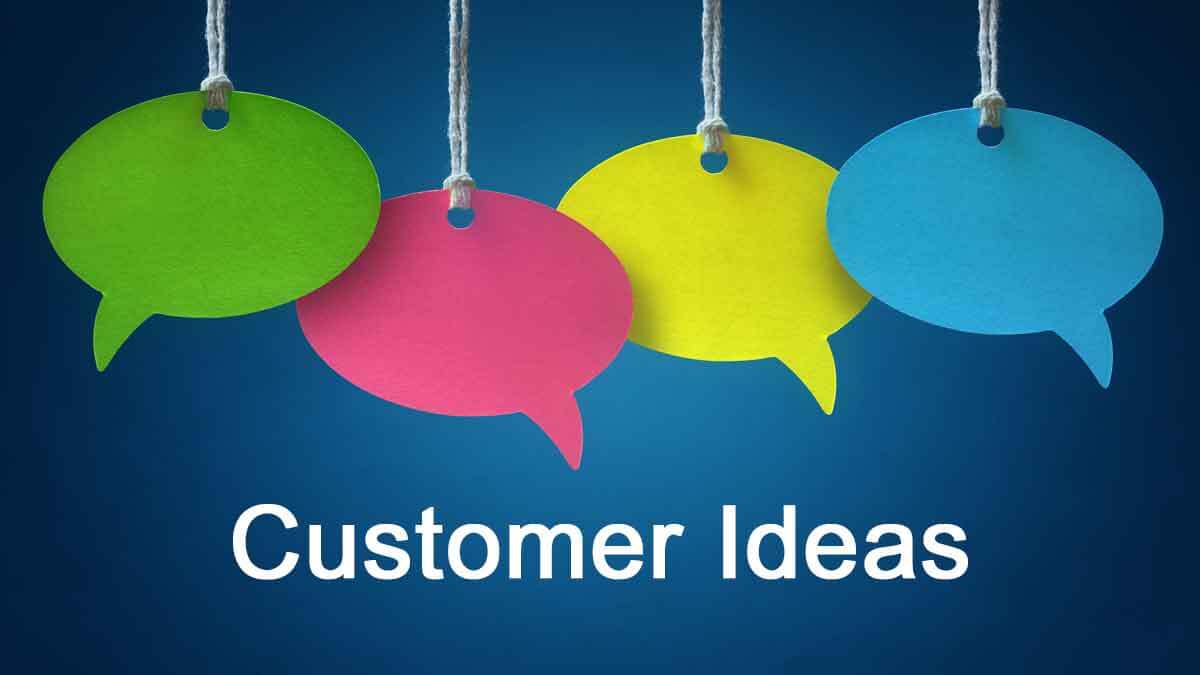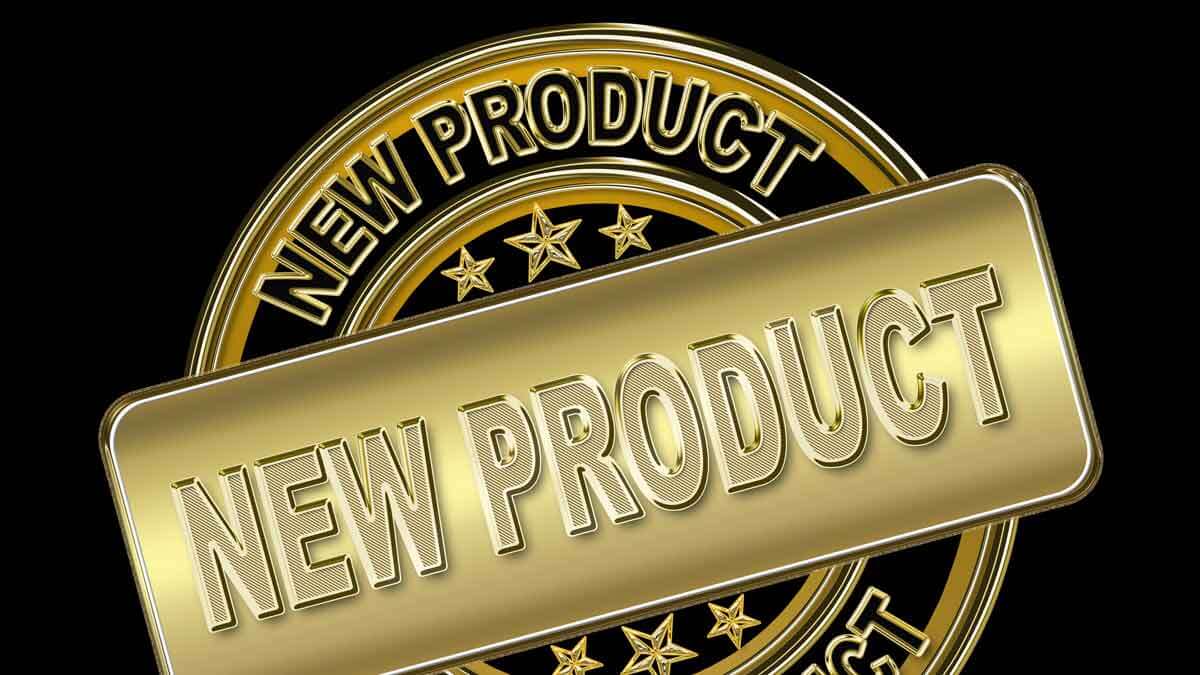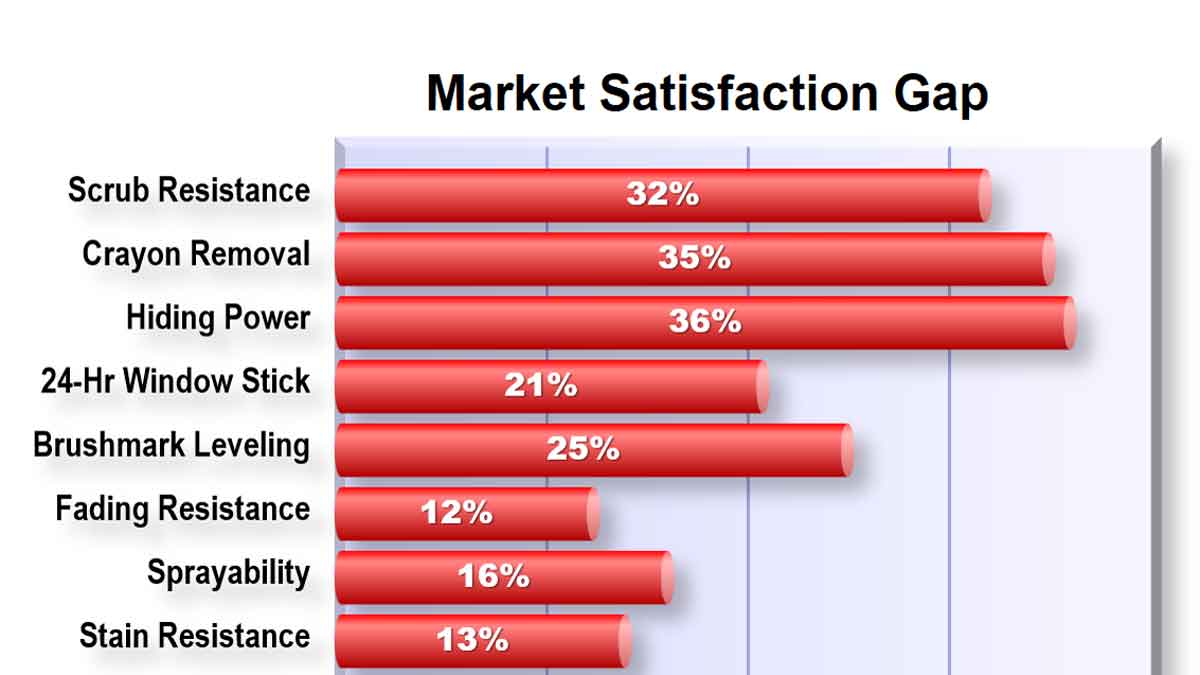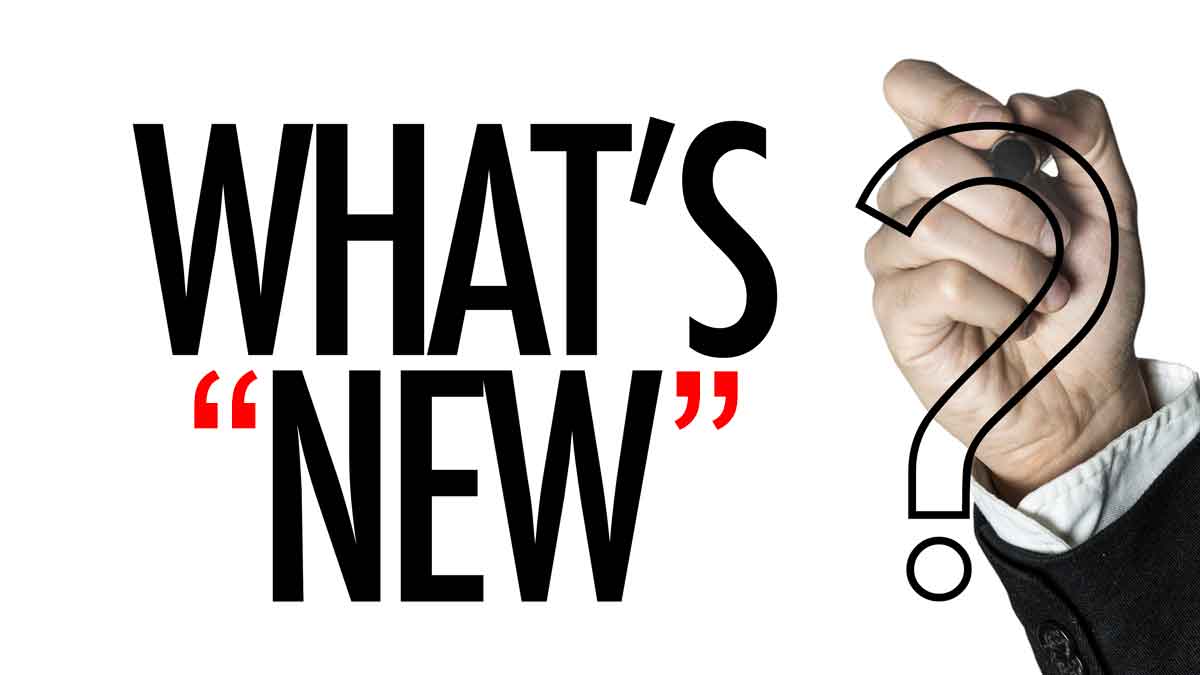Imagine a fellow on a date that talks about himself for an hour. His only questions are, “What’s your income? What’s your educational level?” Then he closes with, “Will you marry me?” Does this sound like an old-fashioned “qualify-and-then-close” sales call? As in a good date, you should be genuinely interested by your customer and their needs.
Learn more about B2B innovation at theaiminstitute.com
These may be the same… or not. If you make welding machines, your customers’ alternatives may be mechanical fasteners or epoxy adhesive. When you have a choice between supplier-centric or customer-centric thinking, always choose the latter. Exploring customers’ alternatives passes this customer-centricity test.
More in article, Benchmarking for B2B Product Innovation
You can miss an important customer need… pursue the wrong need… over-design and add unneeded costs… measure customer success the wrong way… overlook a competing alternative… over-estimate what customers will pay… under-value your product… use improper messaging. So many chances to err. Fortunately, B2B producers can use a “science” to avoid all of these.
More in article, How to Avoid New-Product Commercial Risk
B2C employees (e.g. Apple engineers) are consumers themselves, so they have high typical customer insight… but low potential insight, since consumers can’t easily predict what will entertain them. The gap between typical and potential insight when serving knowledgeable B2B customers is much larger. This is your competitive edge if you close the gap before competitors.
More in white paper, Catch the Innovation Wave (page 13).
We asked this question of new-product teams that had conducted a total of 875 B2B-optimized customer interviews. 96% said these interviews would have a moderate, significant or great impact on their company’s organic growth rate. Only 4% said the impact would be “slight.” About the same amount also felt such interviews would positively impact their company’s culture.
More in white paper, Guessing at Customer Needs (page 10).
Many B2B suppliers consider competitive pricing as they plan new-product pricing. Or worse, cost-plus pricing. Both are irrelevant if you deliver real value to customers… not a “me-too” product. Competitive pricing just helps you judge initial customer reaction, and cost-plus just sets the pricing floor. Neither tells you what customers will pay. For that, you need customer-value pricing.
More in article, New Product Pricing: Capturing Freshly Created Customer Value
Most sales professionals are rewarded for one thing. Selling. This year. But if you want to sell a lot more in 2-3 years, better learn today what customers really want. Who better to do this than the people you’re paying to meet with customers daily? Perhaps future companies will unleash sales-and-learning pros… not just sales pros.
Learn more about B2B innovation at theaiminstitute.com
Do you have a true team… or just some “emissaries visiting from foreign functional areas”? Winning teams share these traits: a) Management signals this work is a top priority, b) the team leader is enthusiastic and capable, c) team success impacts personal performance reviews, and d) the team members want to be part of this team.
More in article, What’s Restraining Your Growth? Your Time Horizon
It may be that your customers’ customers opinions matter more. Somewhere in your downstream value chain, there’s a “drive sprocket” that’s moving the rest of the value chain. Find it, uncover all their needs, quantitatively isolate the critical ones, and pursue these like there’s no tomorrow.
More in e-book, Reinventing VOC for B2B (page 26).
That’s too bad. They could follow 12 rules to dramatically improve their launches. A new approach is needed for three reasons: 1) The digital age is changing everything. 2) B2B marketers have been following the rules of consumer goods marketers too long. 3) Much more rigor is needed than most B2B companies apply today.
More in e-book, 12 New Rules of B2B Product Launch
You’re developing your customer’s new product. It’s like this: “Mr. Customer, we’ve assembled a team aimed at developing something you’ll love. As you can see, we even brought a lead R&D person with us to listen to you. So can you tell us everything you think we should know before we going into our labs? We want to get this right so the innovation makes you a hero at work.”
More in article, Reduce Bias in Voice of the Customer
This can super-charge your organic growth: Don’t let your R&D conduct any product development work without unbiased, unfiltered data on what customers do and do not want. Market Satisfaction Gaps—based on importance and satisfaction scores for customer outcomes—provide this. You’ll free up enormous resources by working on only what matters.
More in white paper, Catch the Innovation Wave (page 13).
What else is there besides hearing customers’ needs? Impress them so they’ll want to do business with you. Incorporate your insights into a value calculator to optimize pricing. Use their precise interview language on your website to improve SEO. Uncover unspoken needs in a post-interview customer tour. Understand their next best alternative. Never stop learning.
More in article, You Already Answered 4 Questions, but… Correctly?
When you say you want to pursue a “new market,” do you mean the market is truly embryonic? Or is this just a new market for you? If so, it’s better to call the latter an “unfamiliar market.” The customers were already there. It’s you—not the market—that’s new. This is just one example of supplier-centric thinking that permeates B2B innovation. Customer-centric thinking will take you much further.
More in white paper, Innovating in Unfamiliar Markets (page 2).













